Related Posts

So you’ve decided to make a bug out bag, you’ve picked all the items you know will be the most effective. But what about the bug out bag itself? Selecting the right pack is just as important as what you put inside it, after all this will probably be on your back for a good length of time. The last thing you want is a bag that either isn’t strong enough to hold the weight of your equipment, and doesn’t fit you properly causing pain and discomfort. Here are some things to look for when selecting the proper bug out bag for your emergency supplies.
The first thing you want to do before you buy anything is know what your budget is. Check online and store flyers to see what brands they have for sale and compare prices. Other sources to investigate are websites such as Ebay, Craigslist, or Kijiji, to see if there’s some second hand bags that are in good shape. Also check with places like Amazon.com and U.S Calvary (U.S Calvary deals with military and police clothing and equipment) And of course look for local military surplus stores.
Now you want to decide what type of bug out bag you want to use. All bags can be broken down into three categories.
1. Internal framed
2. External framed
3. No frame (soft pack)
Internal Frame
Internal framed backpacks have a lightweight frame such as graphite for example that is inside the bag itself. These types of packs are supposed to fit closer to the body, and be more compact to allow for greater manageability in tight spaces. They are also the most popular type of backpack on the market today
External Frame
External framed backpacks are the complete opposite. They have an outer frame which the bag is attached to. Having the bag as a separate piece allows you to the bag higher or lower if you want to have the weight rest more on your shoulders then back.
No Frame (Soft Pack)
Backpacks with no frame, also known as soft packs (I've also heard them called patrol pack in the military) are much smaller then the other two types of backpacks mentioned. These types of bags are more suited to weekend camping trips, or day hikes then to be used as a bug out bag. There smaller weight capacity does make it easier to carry for those who aren’t used to a heavier backpack.
You also need to be aware of how much weight you can carry. The majority of people depending on their personnel fitness level will have problems with anything above 40 pounds, for women divide that in half depending on size. You also have to take into consideration the type of terrain you’re going to be hiking through, weather conditions, and season. Another big factor that most people forget is that your bag is going to get a lot heavier once it gets wet. You can easily turn that 60 pound back closer to 70 or 80 after walking all day in the rain, or having to cross a river. So unless you’re former Special Forces keep it light. A couple ways to keep the weight down are.
1. Pack equipment that can be used for more then one thing such as a multi-tool,
or wind up flashlight with charger
2. Pack only the most essential emergency supplies
3. If in a group divide heavier items amongst them.
4. Use garbage bags or some form of waterproof/resistant barrier to help keep
your gear dry.
You want to try several different types before picking your bug out bag. This is especially important if you’ve never hiked or backpacked before. Try all the different types to find the best fit for you. Don’t let the name brand or a salesperson trying to up sell you be the determining factor. You want the bag to feel the same as when you buy a pair of shoes or pants that feel just right. If it doesn’t feel good when it’s empty it’s going to feel a whole lot worse when it’s full of emergency supplies and you’ve been on your feet for a couple hours. Also don’t be dazzled by flashing gadgets, I-pod holders or whatever fashionable thing they offer. These types of things are more for tourists and those out on day hikes or weekend camping trips. Stick to the tried and true basics.
Other posts to check out
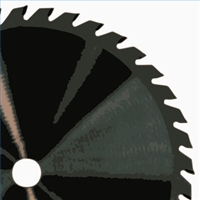 Previous Post
Previous PostFirst off what is a favicon? If you look at the browser bar on this webpage just before the sites URL address is a small picture. When it comes to helping make your website or blog stand out there a huge benefit.........
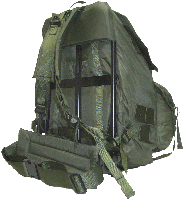
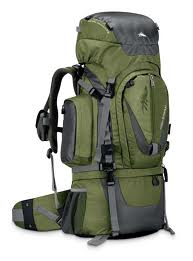
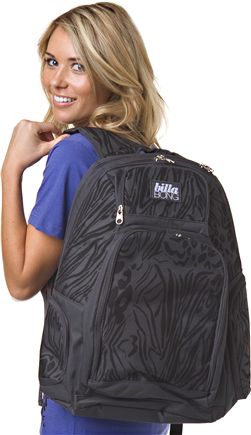


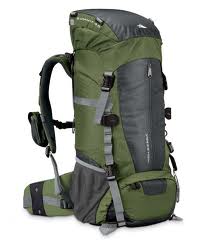
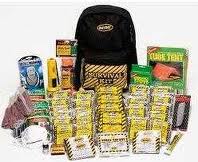


HTML Comment Box is loading comments...